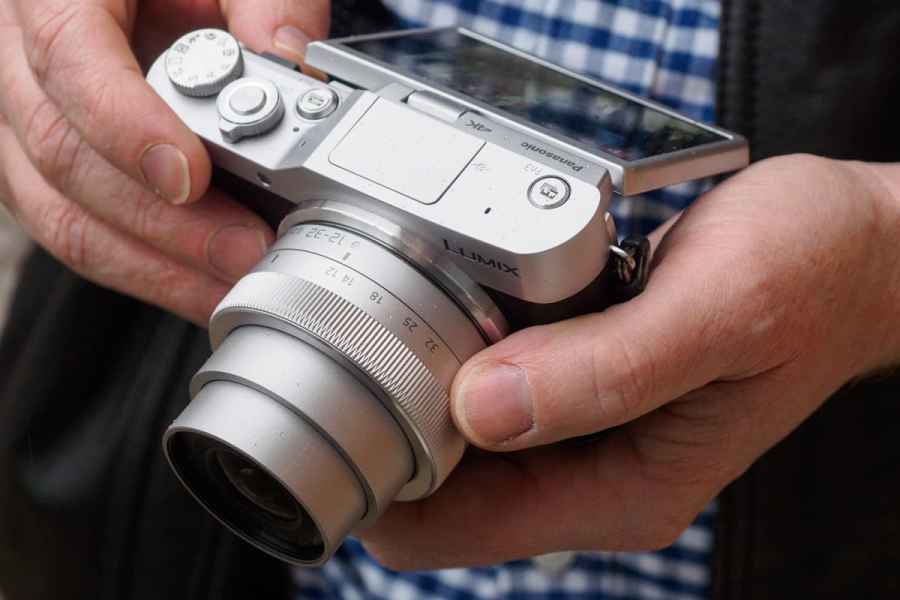One of the new announcements Panasonic made from CES includes the diminutive GX800, a new entry-level Micro Four Thirds camera to replace the GF7. Olympus announced its latest entry-level CSC back at Photokina in September 2016, the PEN E-PL8. Here we look at how the two shape up against each other.
Panasonic GX800 vs Olympus PEN E-PL8: Sensor
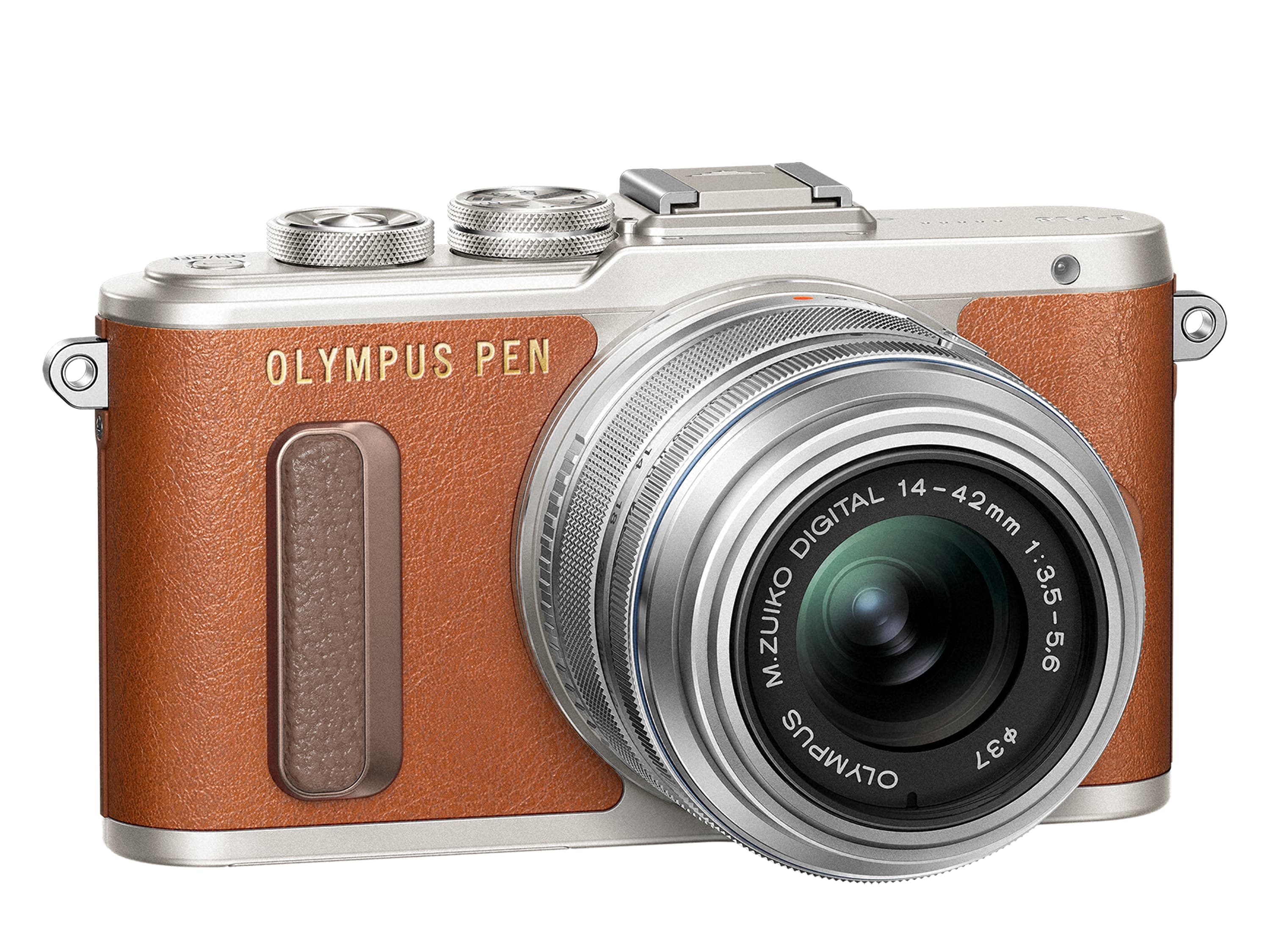
Both of these cameras use the classic 16MP resolution Four Thirds sensor. The GX800 perhaps just edges it though, because, like a few of Panasonic’s recent models, it has no anti-aliasing filter in front of it. That should make it better for resolving detail than a sensor which has one fitted. The potential downside is patterning in some types of shot, but it’s unlikely to happen in the majority of cases.
Panasonic GX800 vs Olympus PEN E-PL8: AF
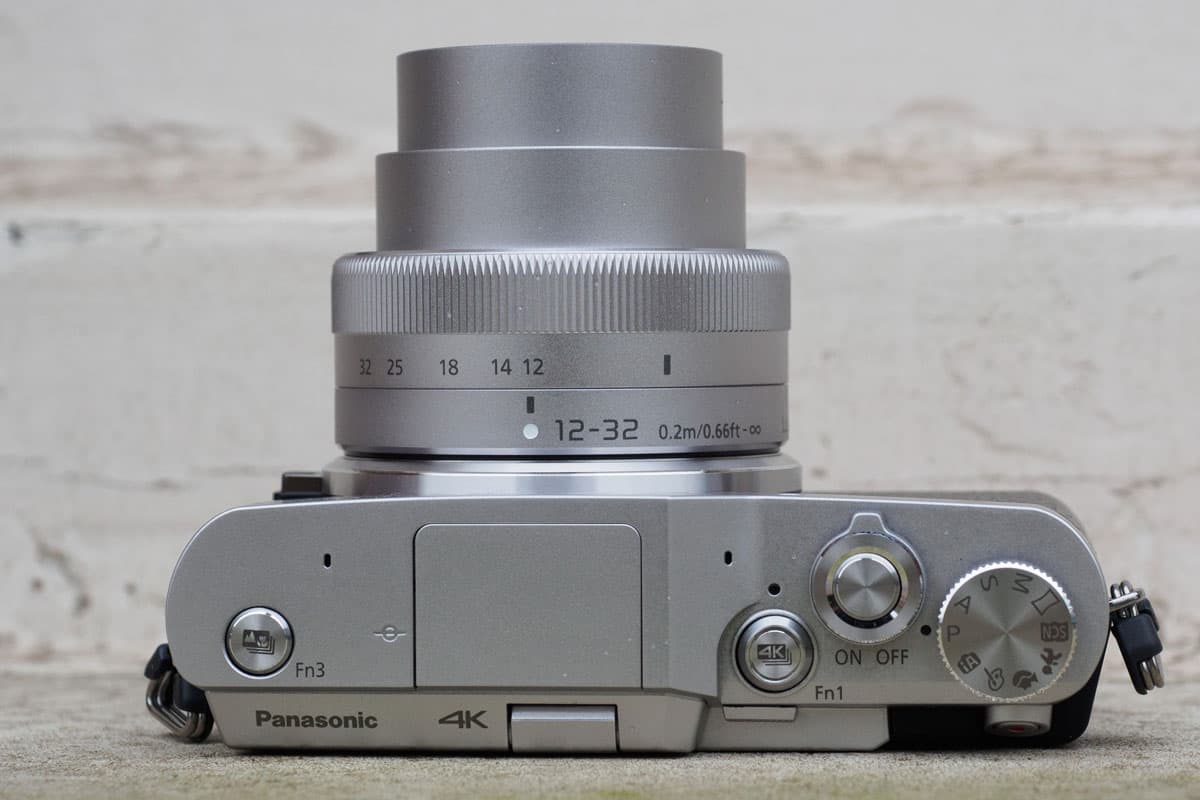
On the top plate you’ll find buttons for Panasonic’s 4K Photo and 4K Post Focus
Micro Four Thirds cameras tend to have impressive fast focusing systems. Both the cameras use contrast detect AF systems, but the Olympus E-PL8 has 81-points compared to the Panasonic’s 49-area system. Either way, coverage is spread across the frame.
Panasonic GX800 vs Olympus PEN E-PL8: Stabiliser
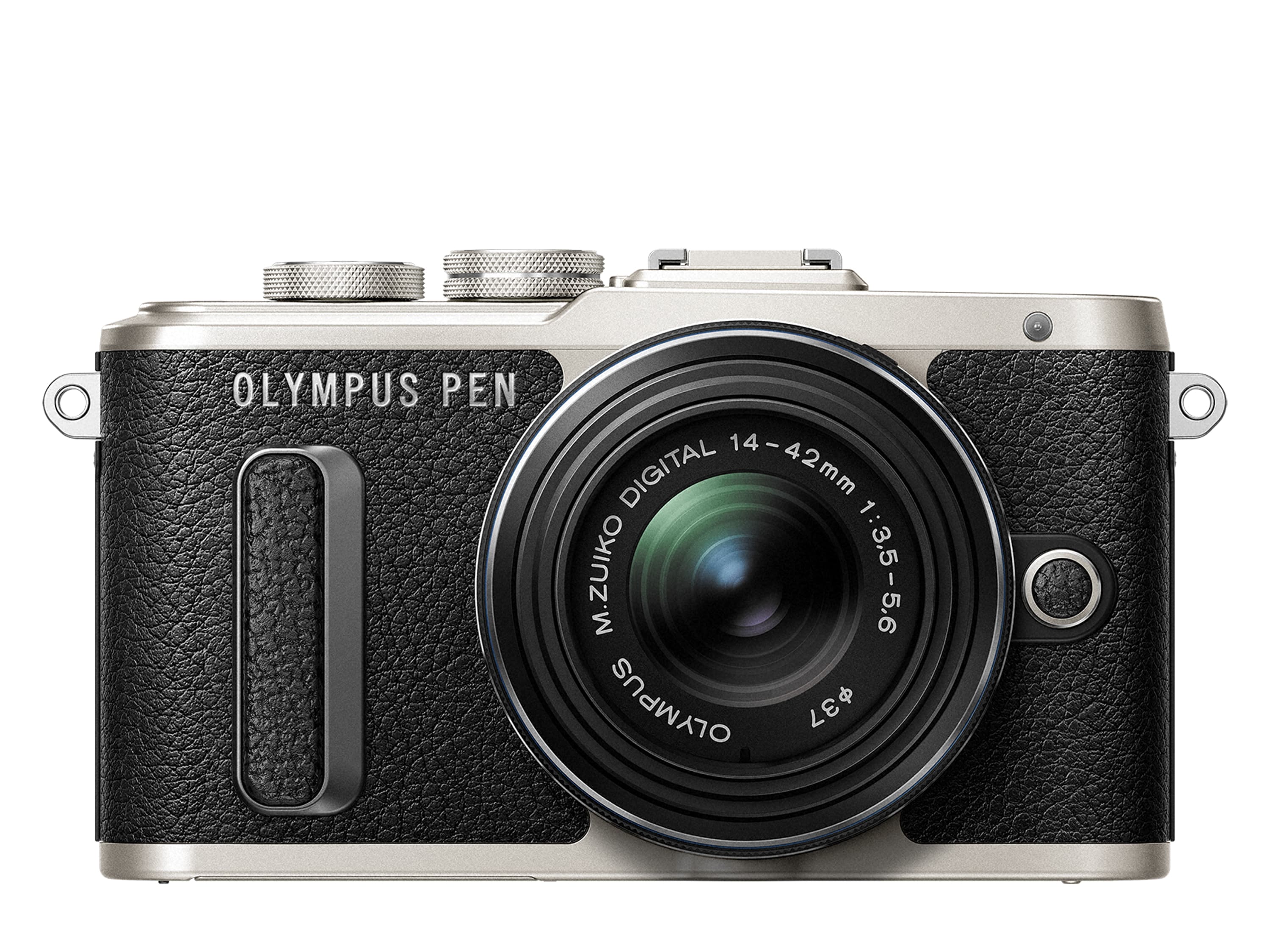
The Olympus PEN E-PL8 has a sensor shift system which is designed to give 3.5stops of exposure compensation when shooting handheld. The GX800 doesn’t have stabilisation in the body, but it is compatible with optical image stabilisation in lenses, which includes the OIS found in the 12-32mm kit lens.
Panasonic GX800 vs Olympus PEN E-PL8: Screen and viewfinder
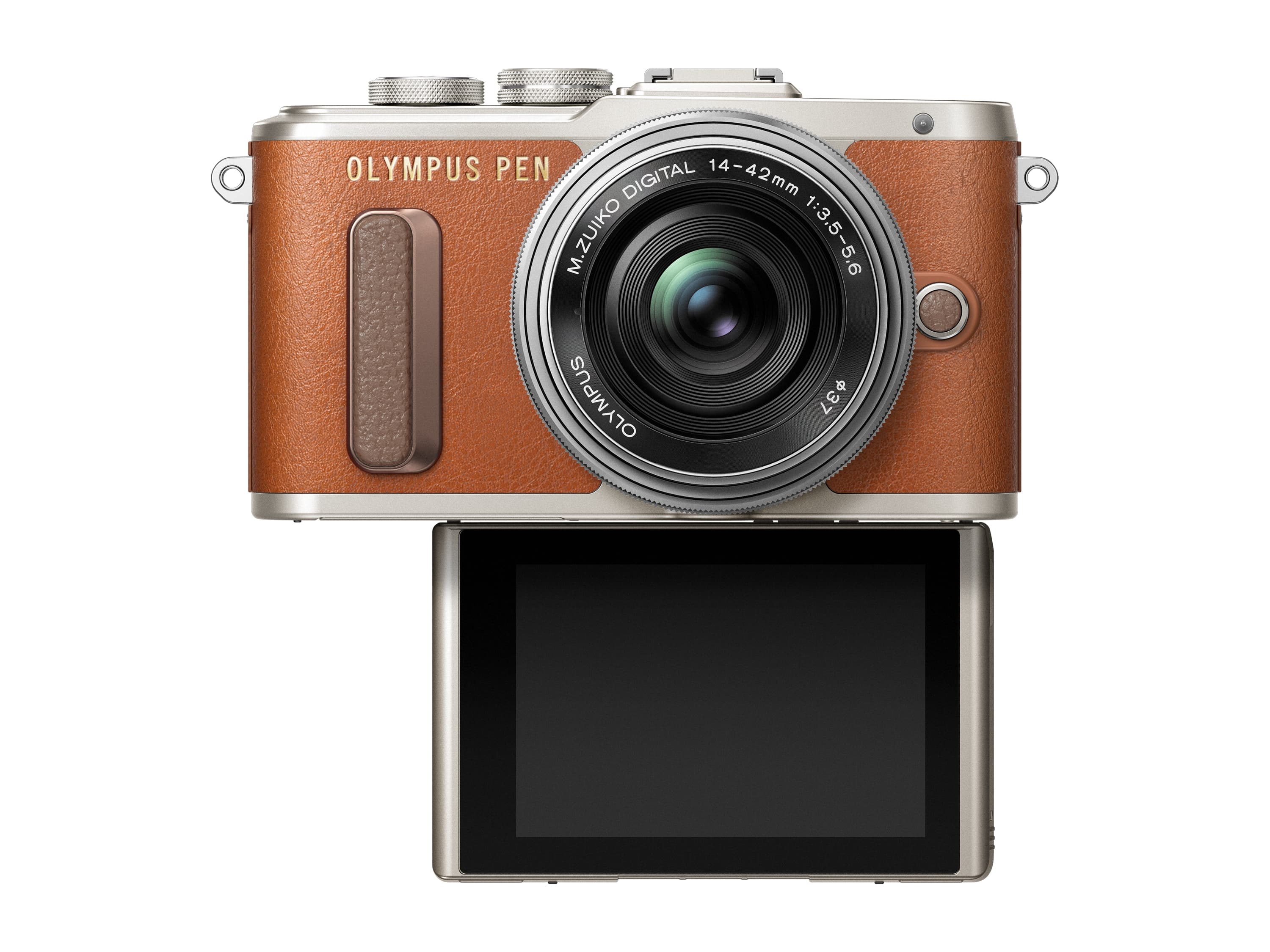
Both of the cameras have tilting, touch-sensitive screens. Both are roughly the same resolution at 1040k-dots (Panasonic), compared with 1037k-dots (Olympus). The big difference here comes with how they tilt. The E-PL7’s screen tilts forwards at the bottom of the screen, while the GX800’s screen tilts forward at the top of the camera. There are pros and cons to both systems, but with the GX800 there’s no problem with using a tripod, or securing the camera on a stable surface, such as a wall or table.
Neither of the cameras have viewfinders, but with the E-PL8 you can attach one through the camera’s hotshoe if you find you’re missing one. There’s no hotshoe or accessories port on the GX800.
Panasonic GX800 vs Olympus PEN E-PL8: Video
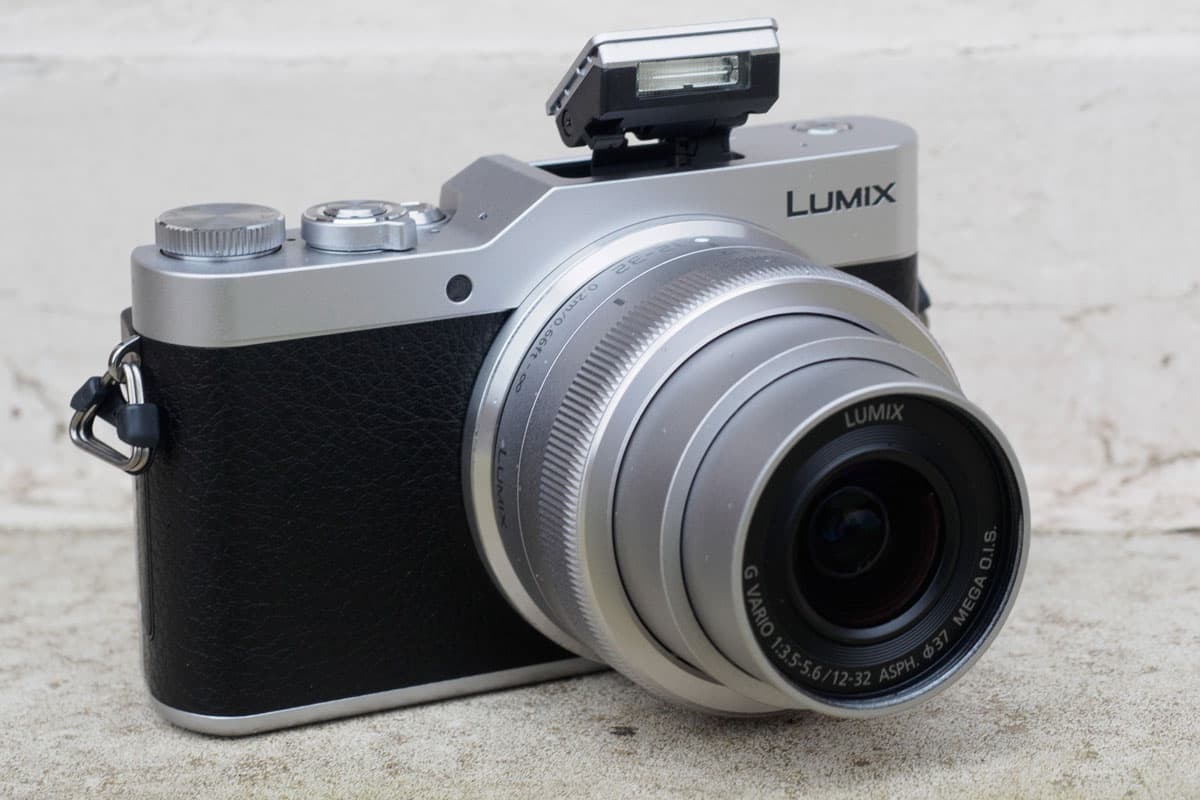
The Panasonic GX800 is the very clear winner in this category, offering 4K video – a now standard specification for Panasonic cameras. With this camera, Panasonic is aiming to offer an affordable and small route into 4K video. By contrast, the Olympus PEN E-PL8 offers only Full HD video recording. Whether this bothers you is likely to be down to how much video recording you intend to do.
Having 4K video also facilitates Panasonic’s most advertised feature – 4K Photo. This is a way to extract stills from 4K video, giving you a choice of 30 frames for every second of action. It’s a great feature for photographing sport, movement, or just kids or pets – it makes perfect sense to include it on an entry-level camera that might be snapped up by families.
Panasonic GX800 vs Olympus PEN E-PL8: Battery life
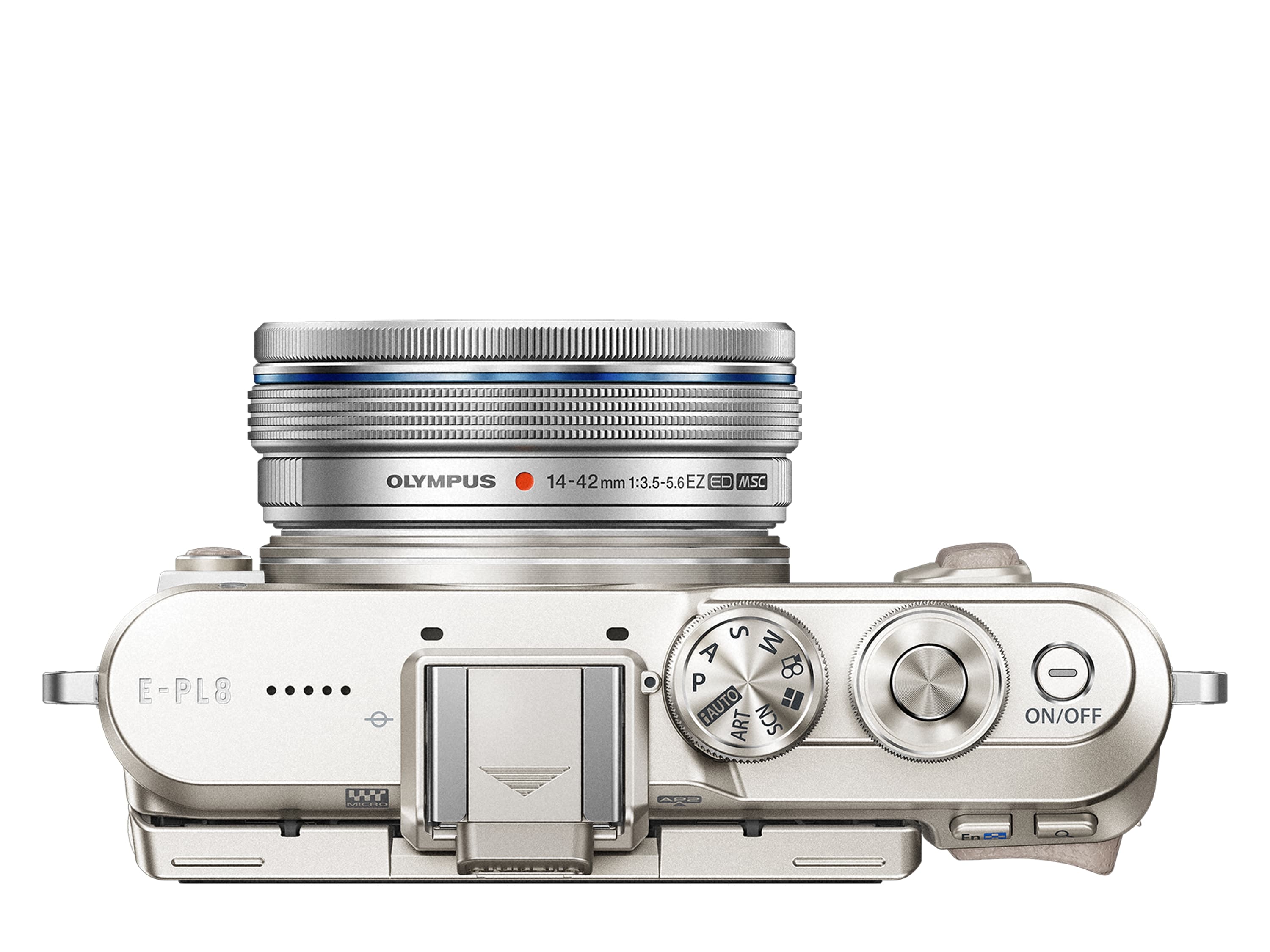
When it comes to battery life, the Olympus takes the lead, offering 350 shots per charge. By contrast, the GX800 can only muster 210 shots – that may be down to its smaller size. Both of these charge counts should be enough for a normal day of average shooting, but if you tend to take a lot of photos during any one session, you may want to consider investing in a second battery. The GX800 offers in-camera charging, so you could charge it on the move with a portable battery pack.
Panasonic GX800 vs Olympus PEN E-PL8: Memory cards
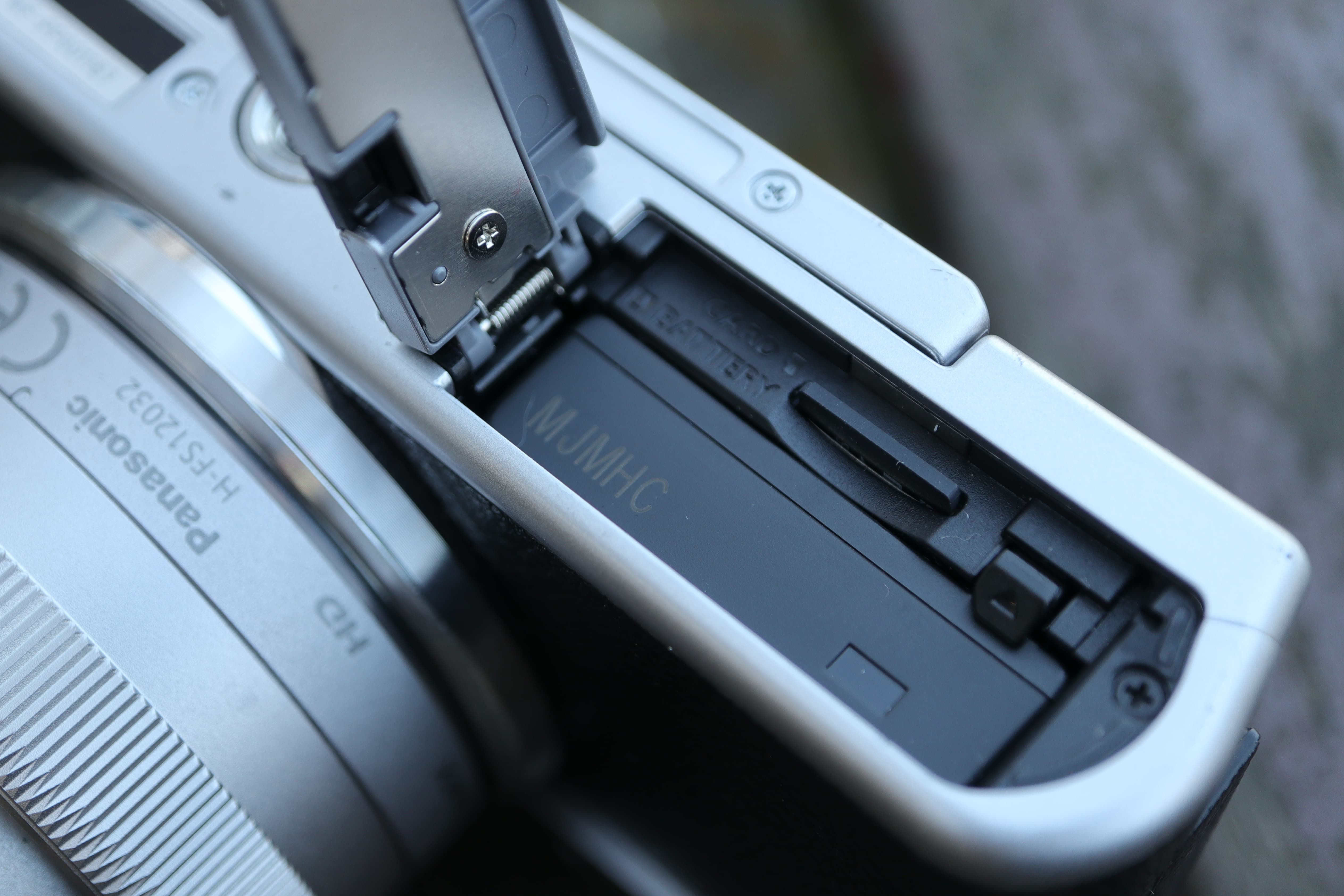
Neither of these cameras are compatible with the faster UHS-II format of SD cards, while both offer just one memory card slot. The difference here is that the GX800 uses the smaller Micro SD format – again presumably in a bid to keep size down. The E-PL8 uses the standard full size SD card.
Panasonic GX800 vs Olympus PEN E-PL8: Dimensions
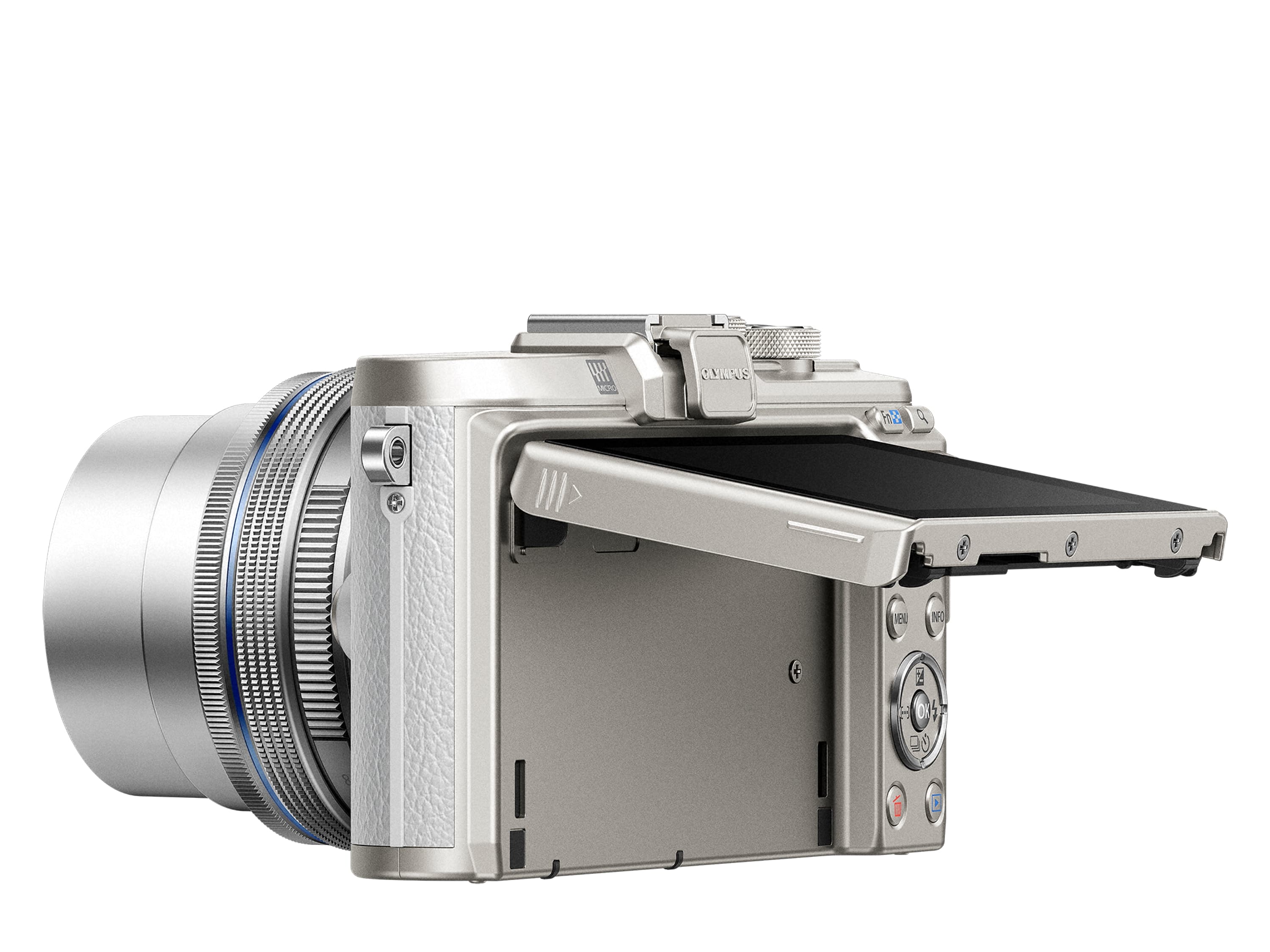
The GX800 is an attractively small camera, being just small enough to fit into a jacket pocket. The E-PL8 is a little larger. Measurements come in at 106.5 x 64.6 x 33.3mm for the Panasonic and 117.1 x 68.3 x 38.4mm. The Panasonic weighs just 269g (including battery and memory card), while the E-PL8 is unsurprisingly heavier at 374g (also including battery and memory card).
Panasonic GX800 vs Olympus PEN E-PL8: Price
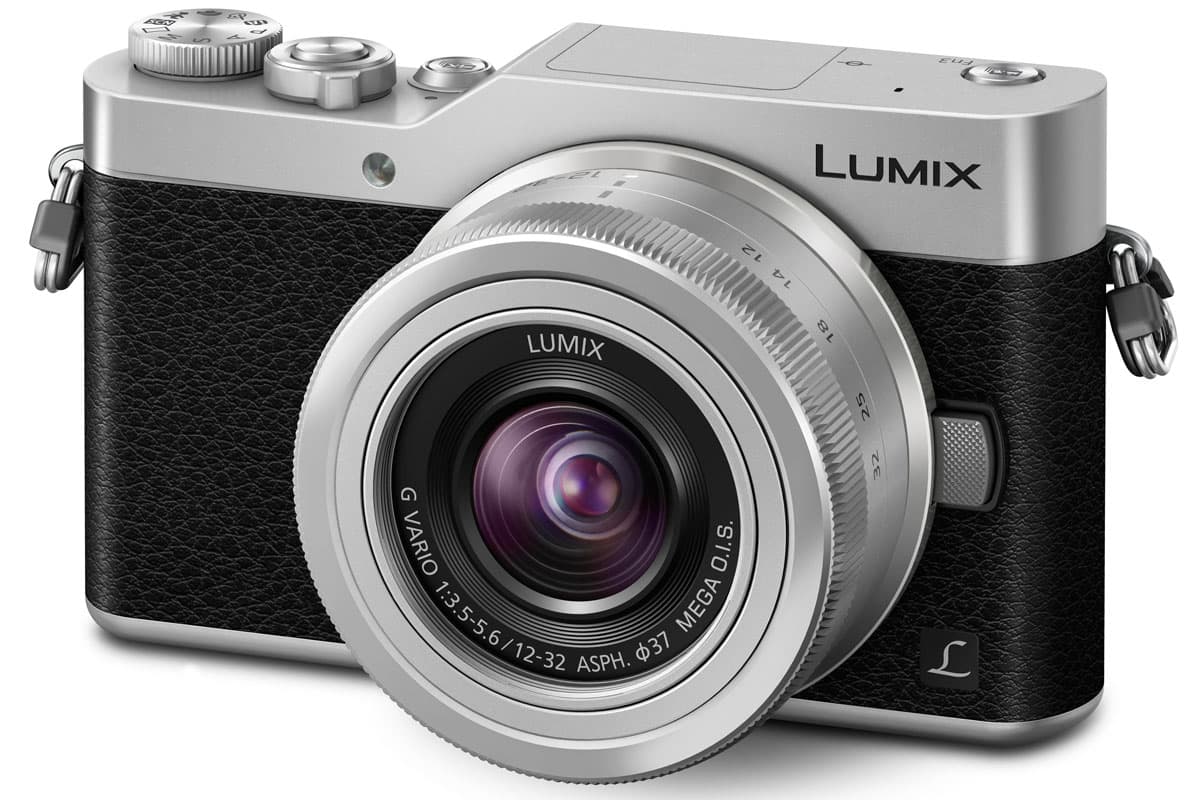
Panasonic Lumix DC-GX800
There’s literally nothing in it at the moment when it comes to price. Both are available for £499 with a kit lens. The GX800 comes with a 12-32mm collapsible kit lens, while the E-PL8 is equipped with a 14-42mm pancake lens.
Panasonic GX800 vs Olympus PEN E-PL8: Conclusion
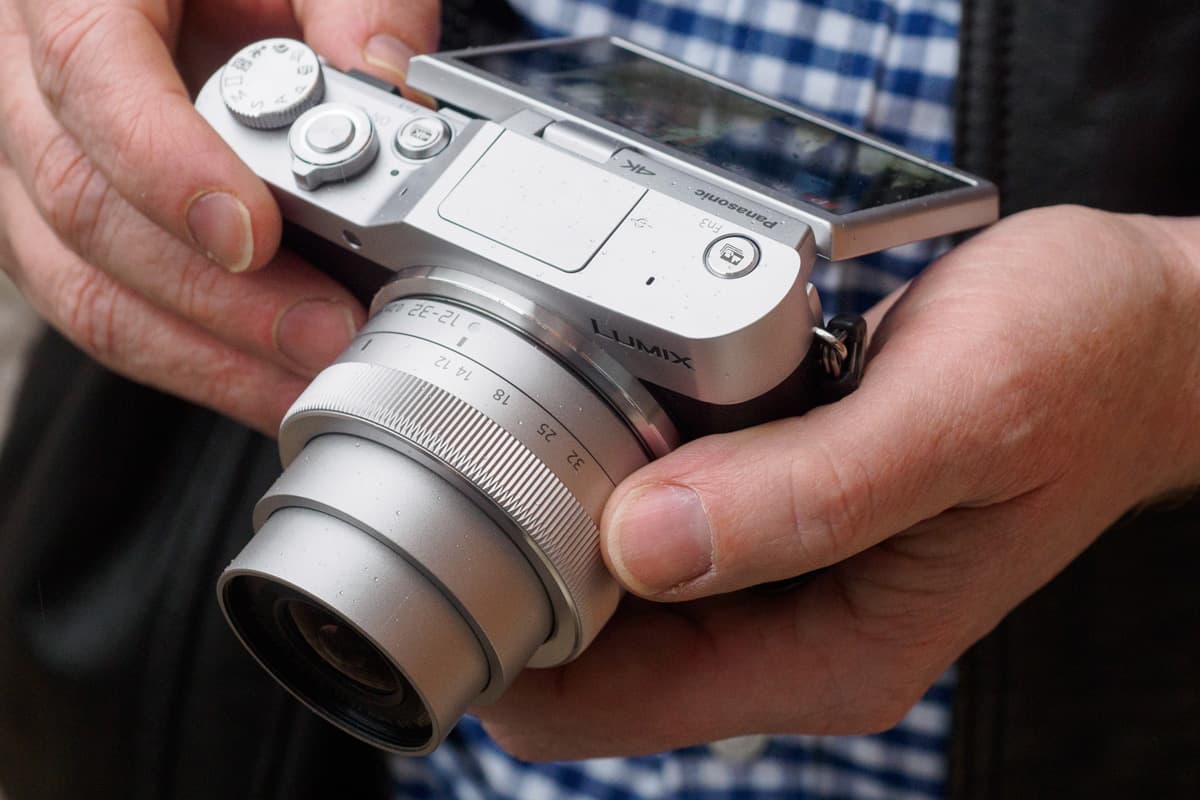
The GX800 is designed to be a small, uncomplicated camera for beginners
Choosing between these two entry-level models is pretty tricky. Both are priced exactly the same, and both have features which are appealing. The E-PL8 is subjectively the most attractive, designed to appeal to fashion bloggers. The GX800 just about edges it in terms of specifications – being pushed over the edge by the inclusion of 4K Video and Photo, the latter of which may be particularly appealing to beginner photographers.

